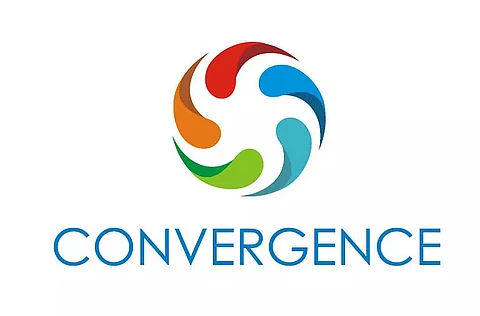
- Home
- Live Blog
- Breaking News
- Top Headlines
- Cities
- NE News
- Sentinel Media
- Sports
- Education
- Jobs

Debashish Goswami
(BSL, LLb, MSc., PMP, ITIL)
There's a love/hate relationship between siblings – my brother and I are no different. He's smarter, obviously, since he saw me take the knocks (most of which I deserved) and learned to avoid them. But it took me nearly 2 decades to understand the economics involved!!! Moses Abramovitz, a criminal lawyer turned economist, first forged the "convergence hypothesis" with Paul David in his seminal paper in 1994-95. The hypothesis postulates that in a productivity race, being a laggard or behind, under certain conditions, has the potential to grow faster than the early leader or even current leader. The USA post World War II, despite being the market leader, was quickly outstripped in the productivity race as developing countries advanced faster technologically. My brother was obviously co-authoring with Abramovitz from the womb. A trite WhatsApp forward reads,
"We are not responsible for being born poor, but we're definitely responsible for dying poor" – I hate wise-sounding forwards like this because they never consider what it truly means to actualize such a statement. But then, if even 50% of India stopped attending WhatsApp University, our Nation would be elsewhere in the past decade."Assam and the North-East need to converge, possibly on States higher up the scale (whatever that may be). The hypothesis stands on 4 cornerstones, which in turn is positioned on 1 HUGE assumption. That the other States/Nations in the race for productivity are different only in the stages of productivity, all else being equal. This is a deadly assumption for us, for homogeneous India is NOT. We lag behind in other areas but the hypothesis misses out on a 5th cornerstone –Strategy.
"Everything hinges on Strategy. The right step at the right time makes rulers of the ruled. TVET (Technical & Vocational Education and Training) is huge in China. According to some old data from their Ministry of Education, the enrolment stands at 11 million students per year with over 17,000 TVET schools!!! And this is old data… Various International Development Agencies like the World Bank, the Asian Development Bank and others have been working with the Chinese Government over the past 2 decades with TVET-type projects with hundreds of millions in loans. In the past 3 decades, the massive Chinese supplies of cheap labour have driven the Chinese Boom story, especially in export-led growth."So, how do we catch up? How to "Converge"? An interesting aspect of the various reports by the very same International Development Agencies also talks about the actual skill levels of the Chinese labour force. Merely 50% or lesser can actually be termed "skilled", something even the government of China reluctantly agree upon. The Chinese are gearing up from unskilled, laborious to higher capital-intensive/ skilled paradigms, accordingly the need for skilled staffers is also growing. The TVETs are not able to capture demand and supply accordingly. Outdated training curricula and standards, trainers lacking practical knowledge, broken linkages with the education system, especially workplace training, especially low equipment in rural zones and such, lead to inability to meet labour markets. Is this a familiar picture yet?"Keeping in mind the Chinese lessons, we should specifically focus on school-based reforms and innovative cultures. Building on effective and strong school-industry linkages is as important as improving school management. Expectations need to be set by introducing module-based, competency-aligned curricula. Student assessment on rote learning beyond middle school (Class 6-7) needs to be redesigned, as much as introducing faculty re-training and integration of teachers/faculty who are industry-trained with relevant sectoral experience.
Facilities and equipment also need upgradation, for rural and semi-rural locations."Reforms and innovation always start at the school and appraisals need to be aligned with an IT-driven monitoring system that tracks students well past their graduation from technical schools or institutes like the Assam Skill University. Data analytics from such assessments would guide the future development of policy that affects the system as a whole. While we are at it, the government should continue the good work begun with the Skill University Act, with an "employment-first" macroeconomic policy. An important aspect should also be the NSDC's RPL (Recognition of Prior Learning) with the concept of, "Lifelong Learning", which should be a massive priority within the ambit of the expanding skills training. Keeping in mind the pandemic, re-routing on-going aid programs for scholarships for such VET training for NREGA workers, laid-off daily wage earners, rural migrants with strong subsidies for any college/school offering such courses (with necessary protocols) would fit neatly into the Abramovitch model which rides on Keynesian economics.
The increased government expenditures and lower taxes will stimulate demand and pull the State's economy out of the current trough. The world today runs on an ouroboros-like consumerist cycle and vendors rush wherever supply fulfils demand. To fulfil this demand, to fully industrialize the State for the future, to achieve all that we have potential for, can we not consider at least this much?